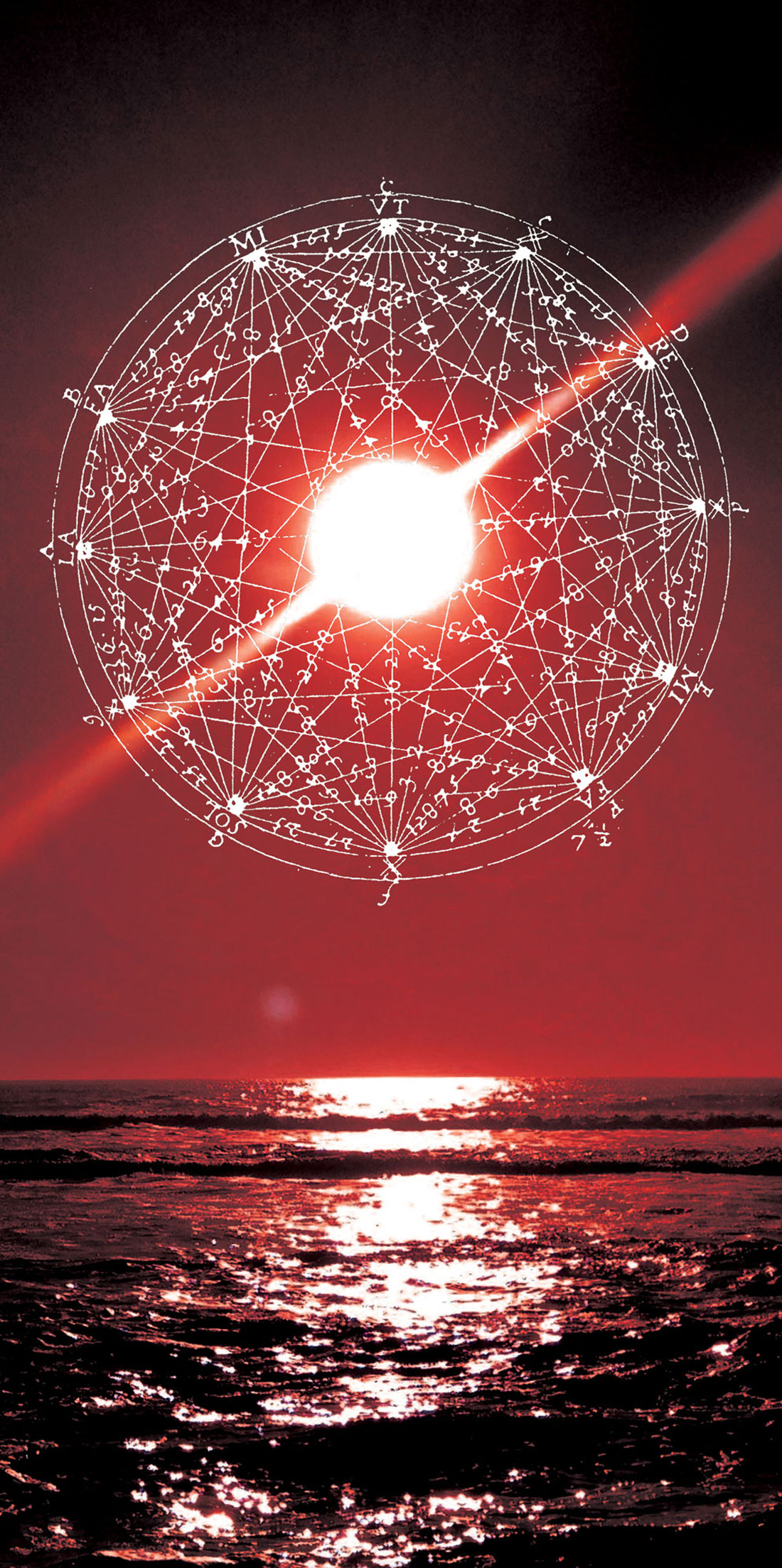Western Dynamo is a relatively new manufacturer, based in Austin, Texas. Started by J. Morris, an experienced studio tech and recording engineer, Western Dynamo aims to produce audio products using new design approaches to create useful and familiar sounding devices. The first such device is the 19-09 Optical Compressor, a 500-series compressor module. The 19-09 employs a fully-discrete audio path, based on 1970s topology, with two optical elements arranged to provide a unique response curve. Opto compressors impart some appealing effects to audio signals due to their inherent non-linear behavior, but many modern opto compressors have become so well-controlled that some people feel optos may just as well be VCA compressors. The 19-09 was designed to impart a specific tonal quality based on its unique opto setup and discrete transistor signal path.
The 19-09's Class A circuitry uses transformer-balanced inputs and outputs for the classic sound of vintage consoles and outboard gear. The front-panel controls are well laid out and attractive, with three white knobs for controlling compression, attack, and release; and one red knob for makeup gain. There are three pushbutton switches for bypass, sidechain boost, and sidechain filter. A red clip light indicates input clipping, while a unique 7-segment strobing LED ladder indicates gain reduction from -2 dB down to -24 dB. The unit is capable of up to 30 dB of compression and up to 20 dB of makeup gain. The sidechain boost button allows for more compression for soft sources, and the sidechain filter smooths out the compressor's behavior on bass heavy signals or vocals with the occasional "p-pop" or plosive. A unique characteristic of the 19-09 is that the compression ratio increases as the Compress knob is turned up, so that as the compressor goes from 2 dB to 30 dB of compression, the ratio increases from 0.5:1 all the way to 30:1. The attack time ranges from about 5 ms to 40 ms, while the release time varies from 10 ms up to 1.5 seconds. These times may seem short compared to some compressors, but in use, they have enough range to be very flexible for tone-shaping and controlling transients and timing. I am partial to quick attack and release times, and these time constants never felt limiting on my sources.
I used the 19-09 on acoustic guitar, drums, rock vocals, and rap vocals. Overall, the tone and attitude of the compressor to me felt somewhere between an 1176 and an SSL channel compressor - perhaps even close to an Empirical Labs Distressor [Tape Op #32]. The midrange energy became pushed up in a way that gave many sources a bit more energy, even when the dynamics were tightly controlled. On male rock vocals, a la Imagine Dragons, I could smash the lead vocal with 18 dB of compression and still dial in an attack and release that let the vocal sit well in the track, but still feel powerful and articulate. I can't think of any one plug-in compressor that would provide that much compression and clarity. Even a vintage 1176 won't usually allow more than 7-10 dB of limiting before the vocal's energy starts flattening out. The steel output transformer provides a subtle shaping of the top and bottom, which, especially for vocals and acoustic guitar, rolls off some of the bite and subs, helping the instrument sit well in a track. There is no substitute for a good output transformer to add some texture to a sound. I really like the way the strobing LEDs display the amount of compression, and the visual feedback seems to match the compression effect better than many other compressors' meters.
When strapped across individual kick and snare tracks, or an entire drum submix, I could dial in a variety of sounds, from heavily pumping room sounds, to snappy or punchy backbeats; and the 19-09 could add energy and density while still allowing the dynamics and punch of the drums to come through. It was hard to dial in unusable sounds, and a wide range of sounds could be auditioned until the right sound was chosen. Again, the slight midrange push helped focus the drum's energy and bring them to the front of the track, even at moderate levels. On acoustic guitar, the 19-09 yielded similar results, and even very subtle gain control benefited a jangly strumming rhythm guitar, again providing a nicely controlled top end with articulate hi-mids and overtones.
I would say that the 19-09 provides a nice blend of Class A size and punch, along with the classic transistor-y focus of vintage SSL desks, Trident consoles, and FET compressors. For compression with attitude and diversity in the 500-series format, the 19-09 can't be beat.




_disp_horizontal_bw.jpg)